Hans Bauer, Ameer Awad, Eyob Sitotaw and Claudio Sillero-Zubiri
1-20 March 2017, Alatash National Park, Ethiopia
30 April – 16 May 2017, Dinder National Park, Sudan
Report published in Oxford, September 2017
Wildlife Conservation Research Unit – University of Oxford (WildCRU); Ethiopian Wolf Conservation Programme (EWCP); Ethiopian Wildlife Conservation Authority (EWCA); Mekele University (MU); Sudan Wildlife Research Centre (SWRC). Funded by the Born Free Foundation and Born Free USA

Summary
The objective of this mission was to consolidate knowledge on the presence of lion (Panthera leo) in the Alatash-Dinder Transboundary Ecosystem, and to gather more information on the ecology of this important area, composed of Alatash NP in Ethiopia and Dinder NP and Biosphere Reserve in Sudan. Both parks have only recently been added as resident lion range in the IUCN Lion database. Lions are definitely present in Alatash NP and in Dinder NP; we had direct observations of lions in both parks. We tried to fit lions with satellite collars, but unfortunately lions never came to the baiting and calling stations. We set up a grid of camera traps to survey the lion population in Alatash. Due to insecurity and to low lion density, a population estimate for Alatash could not be made using these conventional survey methods. The survey however returned evidence for many wild species, and we present an updated mammal list for Alatash NP and Dinder NP. Camera trapping appears to be much more feasible in Dinder NP where human presence, at least in the core zone, is very low due to effective law enforcement. We recommend a pilot survey there. Lions are regularly observed inside both parks and in their immediate surroundings, but rarely, if ever, further than 10km from the park boundary. The status of elephant (Loxodontaafricana) is doubtful; some pockets in Dinder are so remote that they are rarely visited by anyone, but the absence of any proof for them over a decade makes us pessimistic.
Our main conclusions are:
1.Transboundary cooperation is important; species functionally extirpated on one side of the border could naturally recolonise the other side, in particular leopard (Panthera pardus) from Ethiopia to Sudan and Heuglin’s gazelle (Eudorca tilonura) from Sudan to Ethiopia.
2.Due to remoteness and logistics, research costs in Alatash NP are high; we recommend investing in park management based on the precautionary principle, without waiting to know precise population sizes of the larger mammals there. 3.Dinder NP is better protected and is naturally richer due to permanent surface water; as a result the park is extremely valuable and it is very interesting from a research and conservation perspective. Lion research should focus on this sector of the ecosystem.
Teams
The Alatash team (1-20 March 2017) was composed of:
1.Hans Bauer (WildCRU)
2.Eric Bedin (EWCP)
3.Eyob Sitotaw (MU)
4.Tamrat Meles (driver)
5.Sisay Mekuanint (EWCA, warden)
6.Yeshitela Damte (EWCA, park ecologist)
7.Scouts (6 x EWCA)
The Dinder team (30 April – 16 May 2017) was composed of:
1.Hans Bauer (WildCRU)
2.Ameer Awad (SWRC)
3.Reem Ahmed (SWRC)
4.Yousif Mohammed (Police, International Cooperation)
5.Alsadeg Mohamed (Police, Wildlife Conservation General Administration)
6.Madad Alashaa (Police, Wildlife Conservation General Administration)
7.Karlos Zakeria (driver)
Introduction
During a previous mission (Bauer et al., 2016), we ascertained the occurrence of lions in the Alatash-Dinder Transboundary Ecosystem, composed of Alatash NP (ANP) in Ethiopia and Dinder NP (DNP) in Sudan. A convention for transboundary cooperation of the area was signed by the two countries in 1994. This report covers a follow-up mission to gather more information about this ecosystem and to prepare for further research.
The lion is a charismatic species and there is considerable international interest in its status. Recent publications have highlighted declines of lion range and numbers across Africa, especially in West, Central and East Africa (Bauer, 2015a). The lion is listed as Vulnerable on the IUCN Red List of Endangered Species, which shows the most recent lion distribution map; the most relevant part of that map is displayed in Fig. 4 (Bauer et al, 2015b).
The mission reported here was undertaken with permission from the Ethiopian Wildlife Conservation Authority (EWCA; permit no. 31/125/09) and from the Sudan Wildlife Conservation General Administration (SWCGA; permit no. 52/5/1/5/6). It was implemented in partnership with Wildlife Conservation Research Unit, University of Oxford (WildCRU), Ethiopian Wolf Conservation Programme (EWCP) and Sudan Wildlife Research Center (SWRC) and the operational costs were partially covered by the Born Free Foundation (BFF) and Born Free USA.
Methods
We used the following methods:
1.Camera traps (30 x bushnell trophycam and 10 x covert; these are cameras that are fixed to trees for as long as necessary, they automatically take a picture whenever their sensor detects movement in front of the camera).
2.Surveying for tracks and signs (walking transects looking for footprints in sand or clay substrate, or looking for scats).
3.Call-up (using a Monacor 45 megaphone to play buffalo and pig sounds; these sounds have a high probability to attract large carnivores within audible range).
4.Lion immobilisation and collaring equipment were available but not used.
5.Interviews with park staff.
6.Village visits and local community consultation, and their roles in wildlife conservation.
7.Listening for roars during the night. 8.Reviewing unpublished reports.
Download the entire article
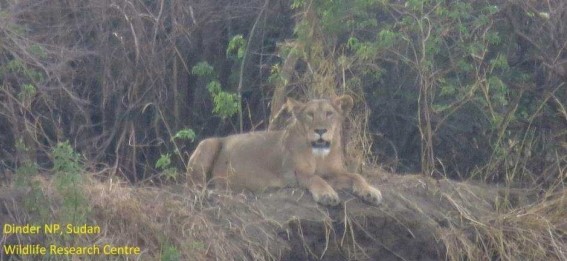
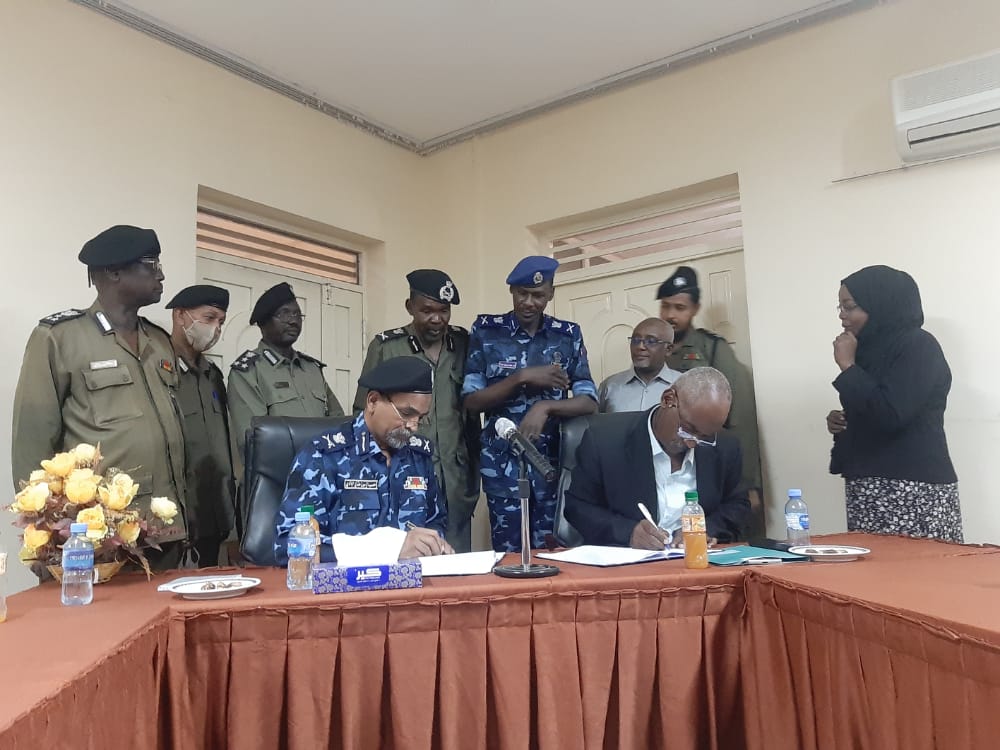
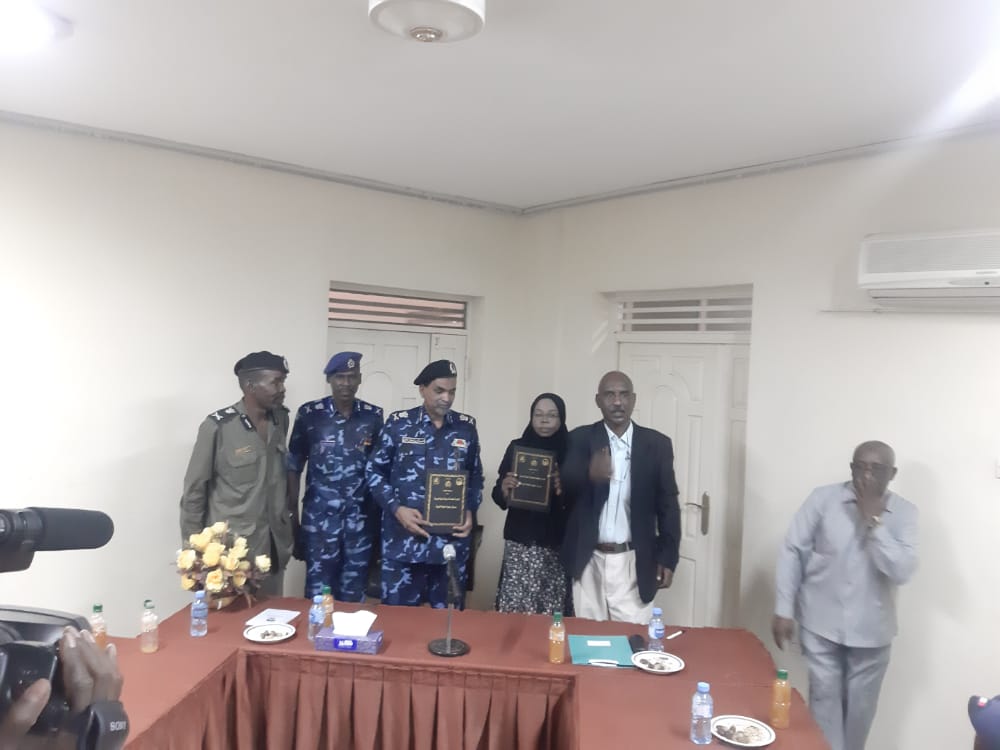
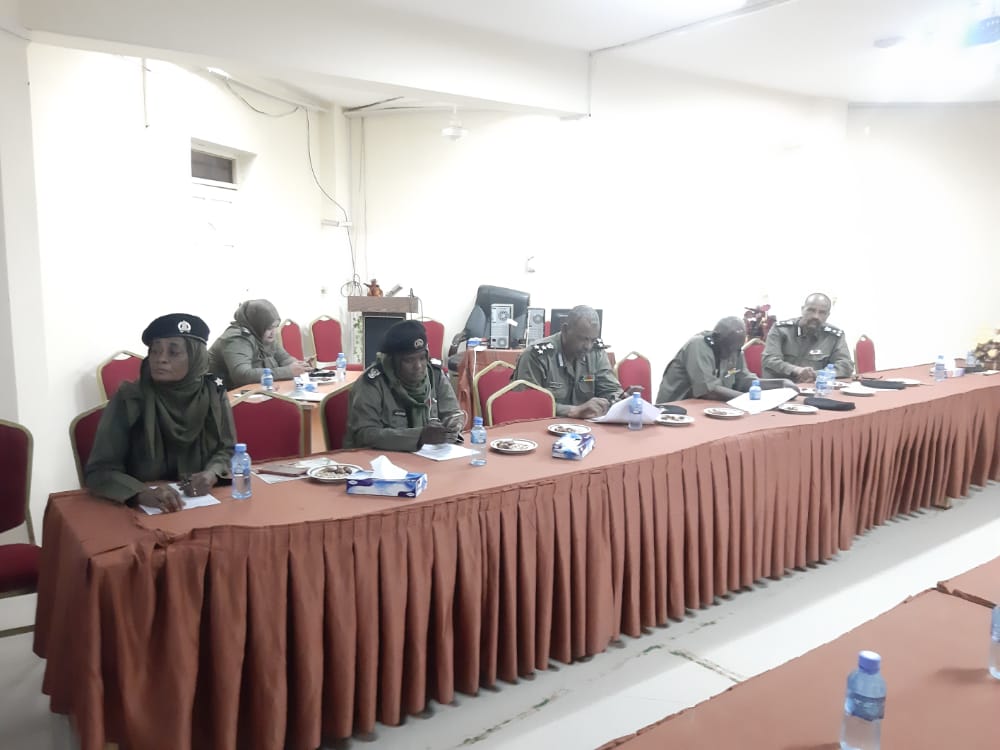
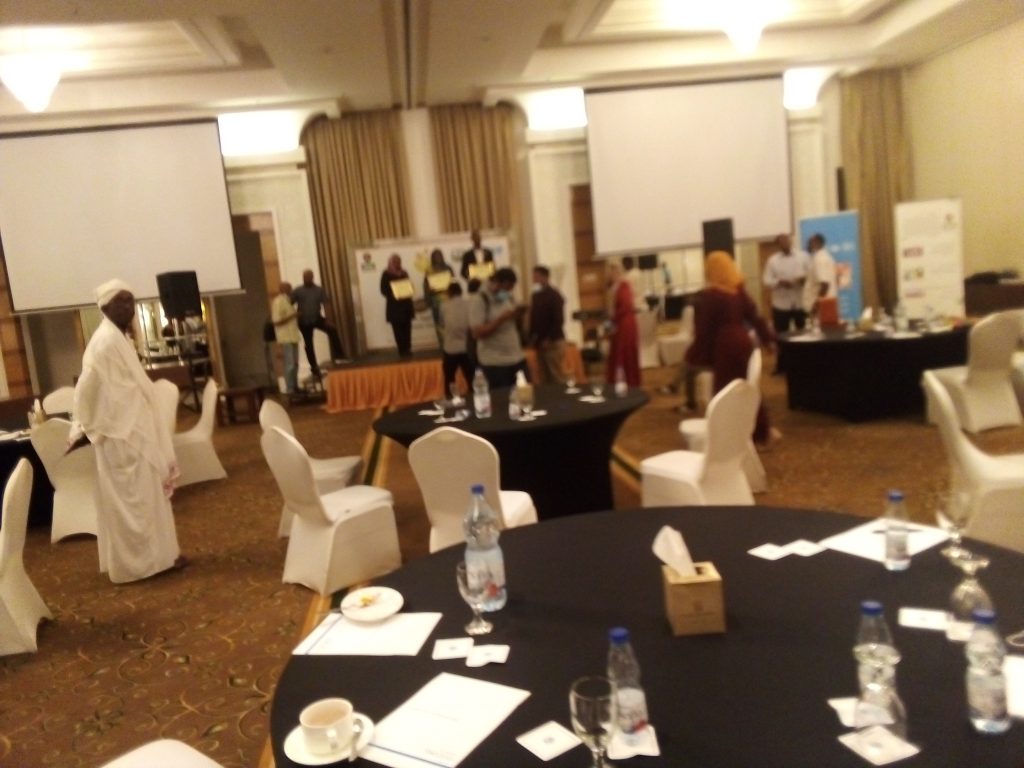

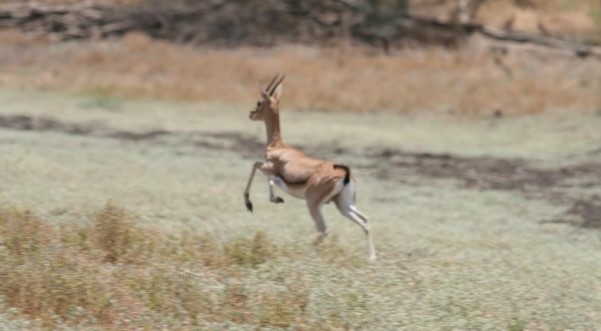
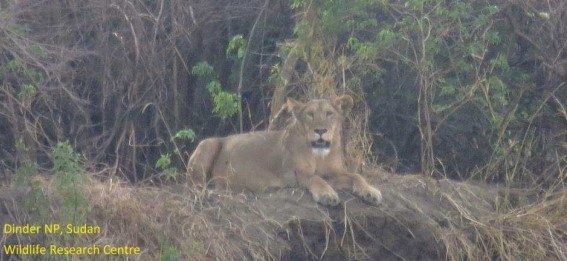
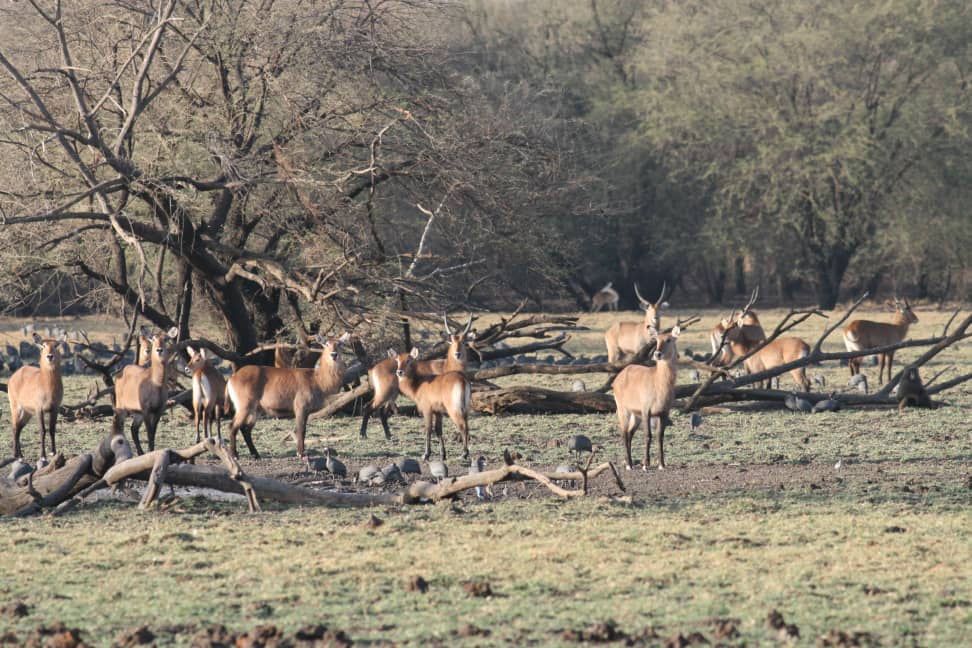
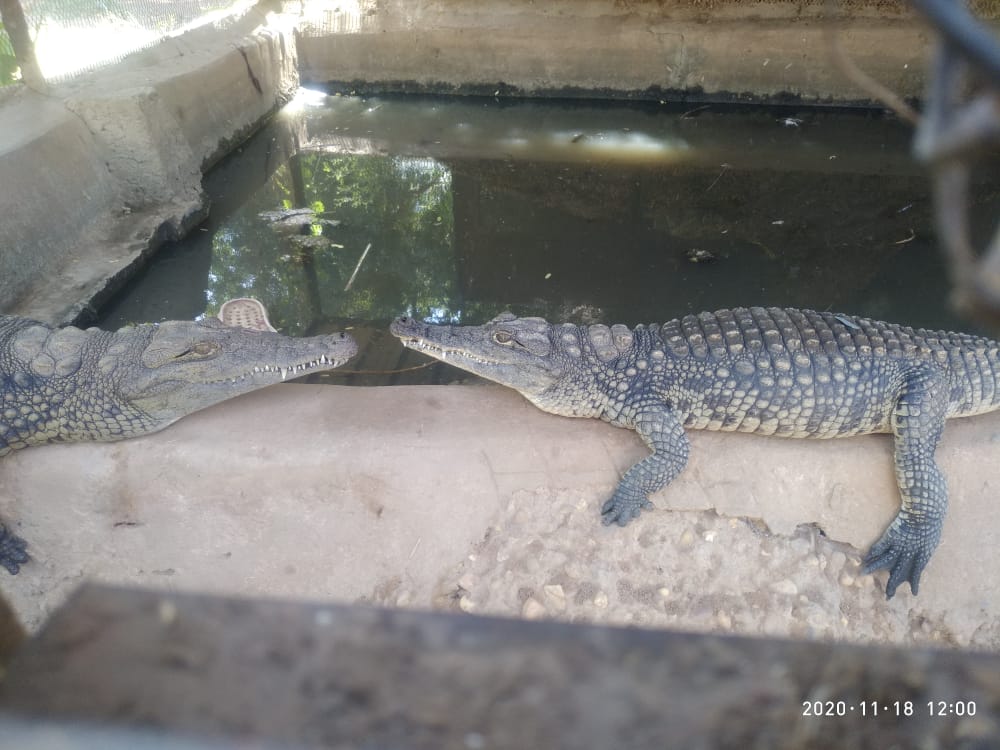
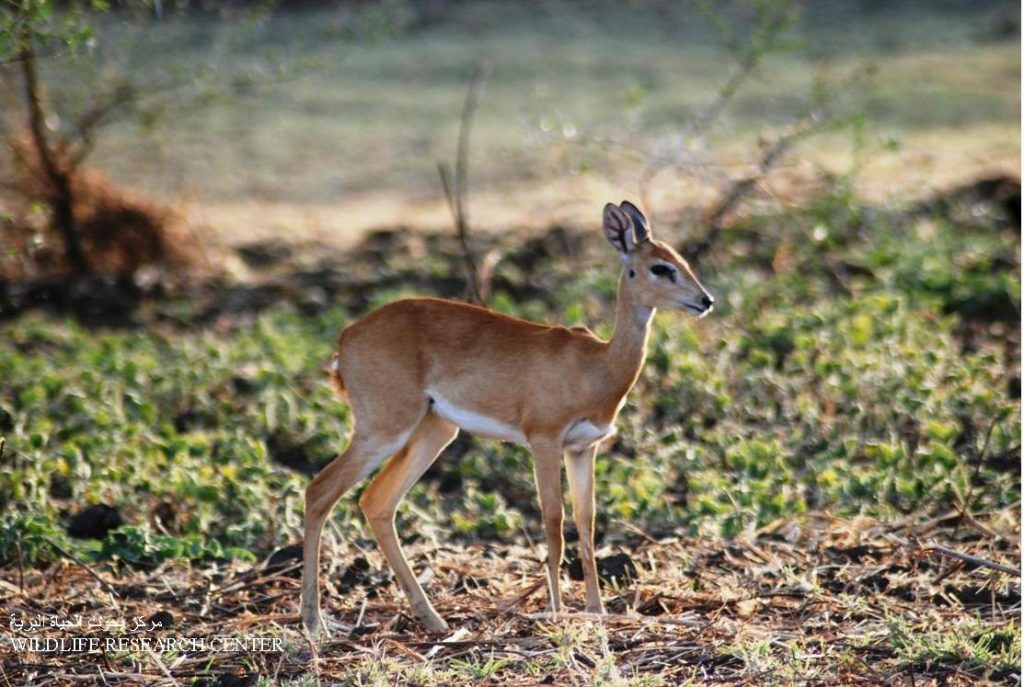

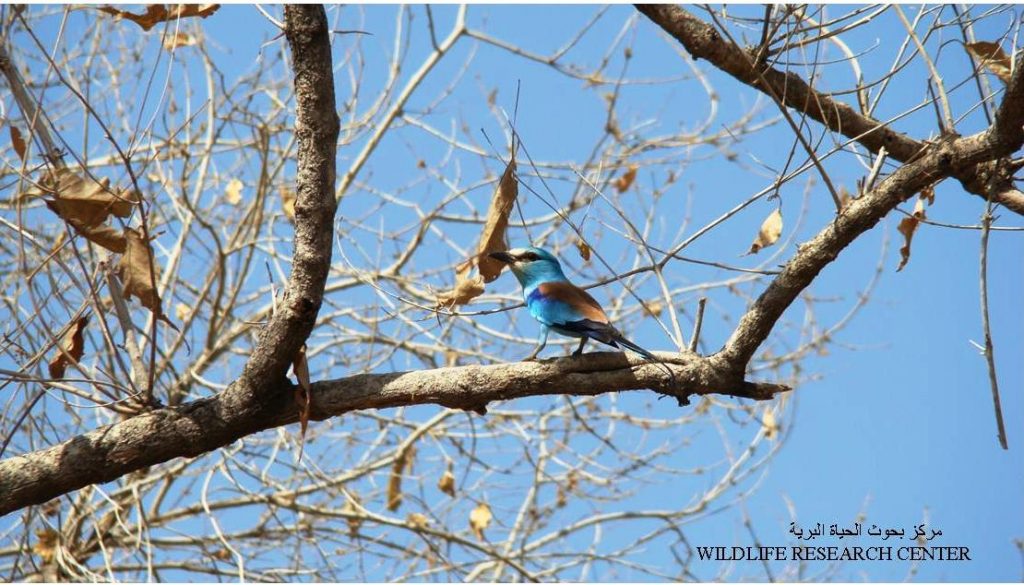



0 Comments